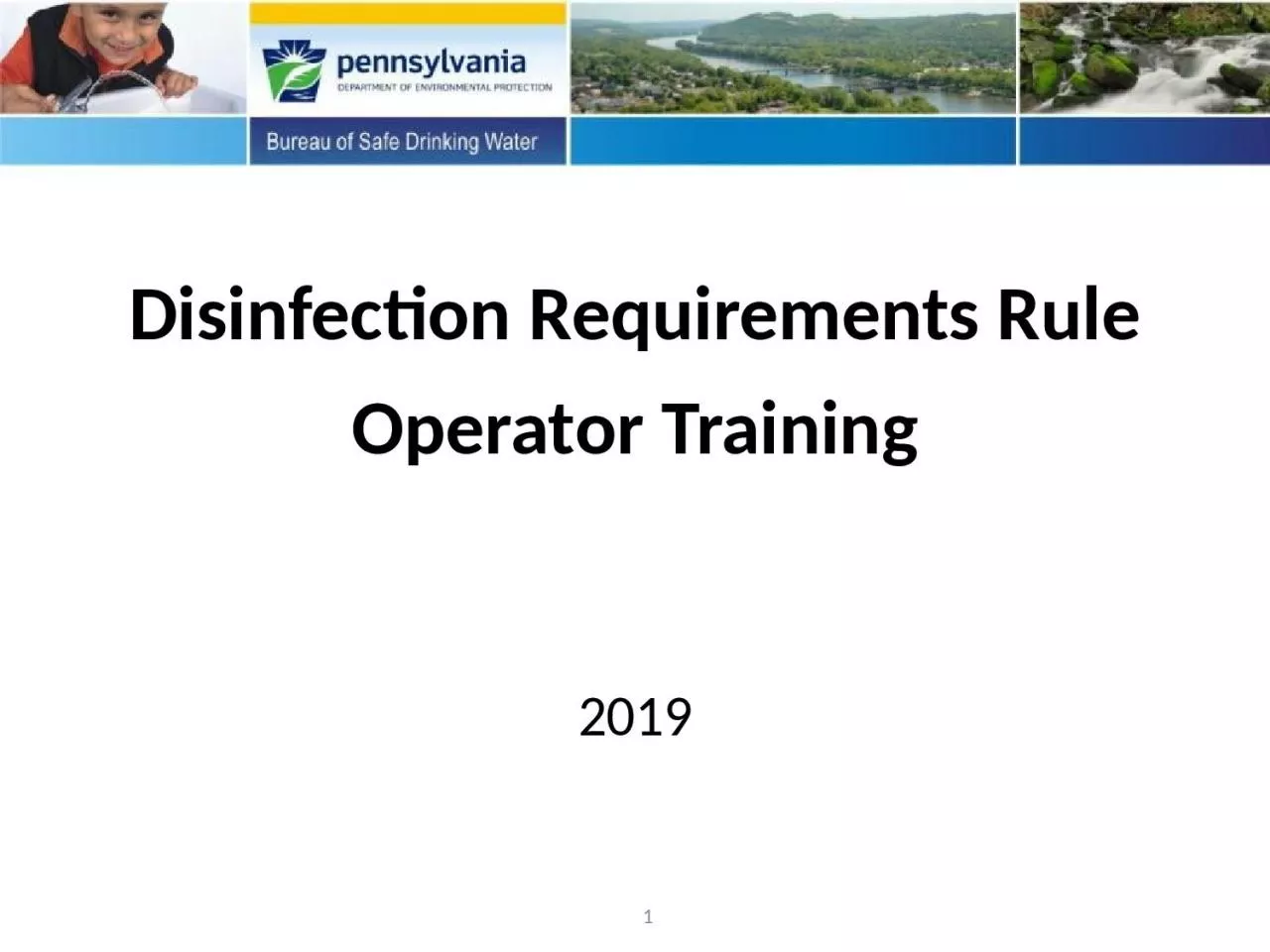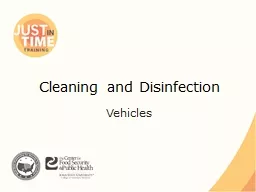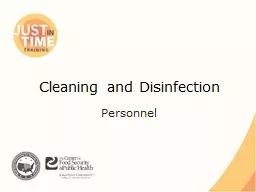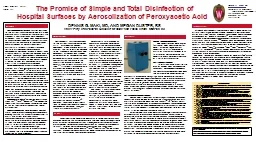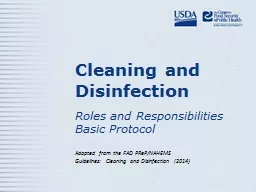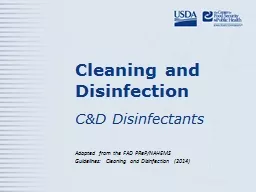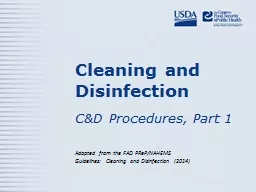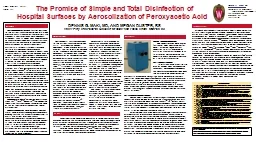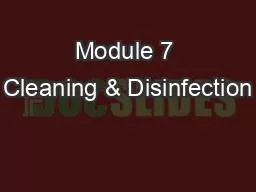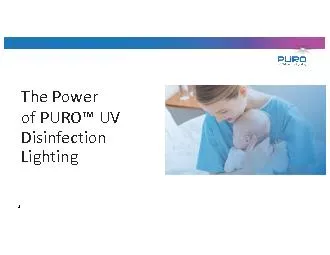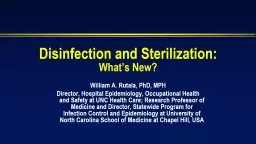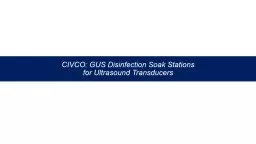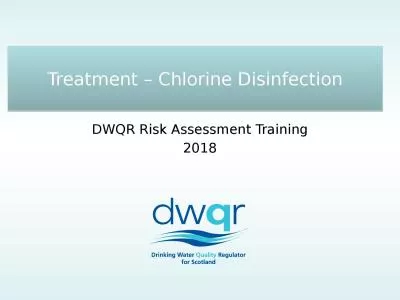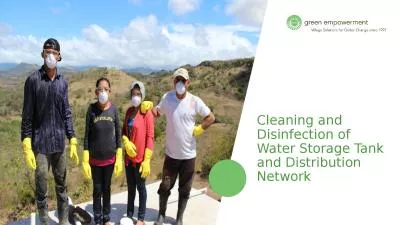PPT-1 2019 Disinfection Requirements Rule
Author : ida | Published Date : 2023-11-23
Operator Training Workbook Not just a copy of slides More informationcomplete sentences for your reference later PowerPoint references workbook page number in lower
Presentation Embed Code
Download Presentation
Download Presentation The PPT/PDF document "1 2019 Disinfection Requirements Rule" is the property of its rightful owner. Permission is granted to download and print the materials on this website for personal, non-commercial use only, and to display it on your personal computer provided you do not modify the materials and that you retain all copyright notices contained in the materials. By downloading content from our website, you accept the terms of this agreement.
1 2019 Disinfection Requirements Rule: Transcript
Download Rules Of Document
"1 2019 Disinfection Requirements Rule"The content belongs to its owner. You may download and print it for personal use, without modification, and keep all copyright notices. By downloading, you agree to these terms.
Related Documents

